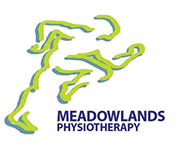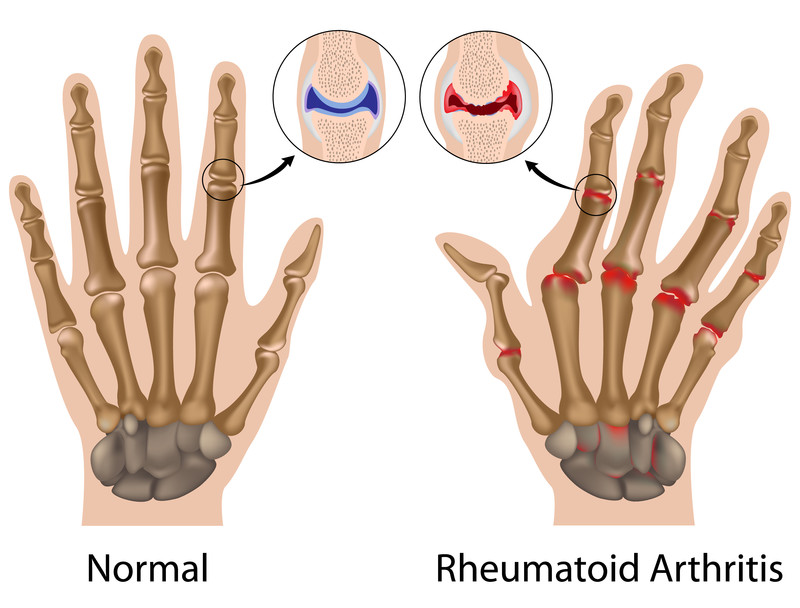How Physiotherapy Can Help Treat Rheumatoid Arthritis
While there are many medications available to treat rheumatoid arthritis, physiotherapy can play an important role in reducing the effects of the condition and giving those who suffer from it a better quality of life.
Unlike medications, treatment with physiotherapy does not have side effects, and still offers good results. Most doctors will recommend that you combine medication and physiotherapy to treat your rheumatoid arthritis.
What is Rheumatoid Arthritis?
Rheumatoid arthritis is the most common form of arthritis. It affects the joints, causing them to swell and become painful, especially when moved. Most commonly, rheumatoid arthritis affects the wrists, hands, feet and spine. It’s also possible for the knees and shoulders to be affected, though that is usually rarer.
We now know that rheumatoid arthritis is an autoimmune disease. It is the result of some kind of error on the part of our immune system. However, we’re not sure what the exact error is and don’t currently have a cure.
As rheumatoid arthritis progresses, it can cause significant pain and deformity in the joints it affects. Usually, the joints on both sides of the body are affect equally, but sometimes one side is worse than another, especially in the early stages.
How Can Physiotherapy Help People with Rheumatoid Arthritis?
In the treatment of rheumatoid arthritis, physiotherapy has three key goals:
- Pain reduction
- Prevent joint damage
- Prevent loss of function
Many physiotherapy strategies can be used to achieve these goals and help those with rheumatoid arthritis maintain a high quality of life. This gives physiotherapists and their patients many options when treating this condition. If the patient finds one treatment uncomfortable, or doesn’t see great results, the physiotherapist can try new techniques until they discover the right treatment for the patient.
Physiotherapy techniques used to treat rheumatoid arthritis include:
- Targeted exercises
- Massage therapy
- Hydrotherapy
- Manual therapy
- Hot and Cold therapies
- Electric stimulation
Your physiotherapist may also make use of equipment to aid you, including compression gloves, splints and other assistive devices. They may help support your joints and reduce swelling.
What You Should Know Before You Begin Physiotherapy
Before you begin physiotherapy treatment for your arthritis, your physiotherapist will assess your joint mobility, range of motion, posture, strength, gait, and other measures relevant to rheumatoid arthritis. This way, they can track how physiotherapy affects you and choose the therapy that gives you the best results.
They can also monitor how your condition progresses, so that you can report this information back to your primary physician. This will help your physician make the best decisions about your medication and other arthritis treatments.
When you work with a physiotherapist, you can focus on what matters most to you, whether that’s reducing swelling, reducing pain, maintaining your range of motion, or adapting to your condition so you can continue to follow your daily routine.
If you’re curious about the benefits physiotherapy can offer you, reach out to one of our certified physiotherapists at Meadowlands Physiotherapy today.

